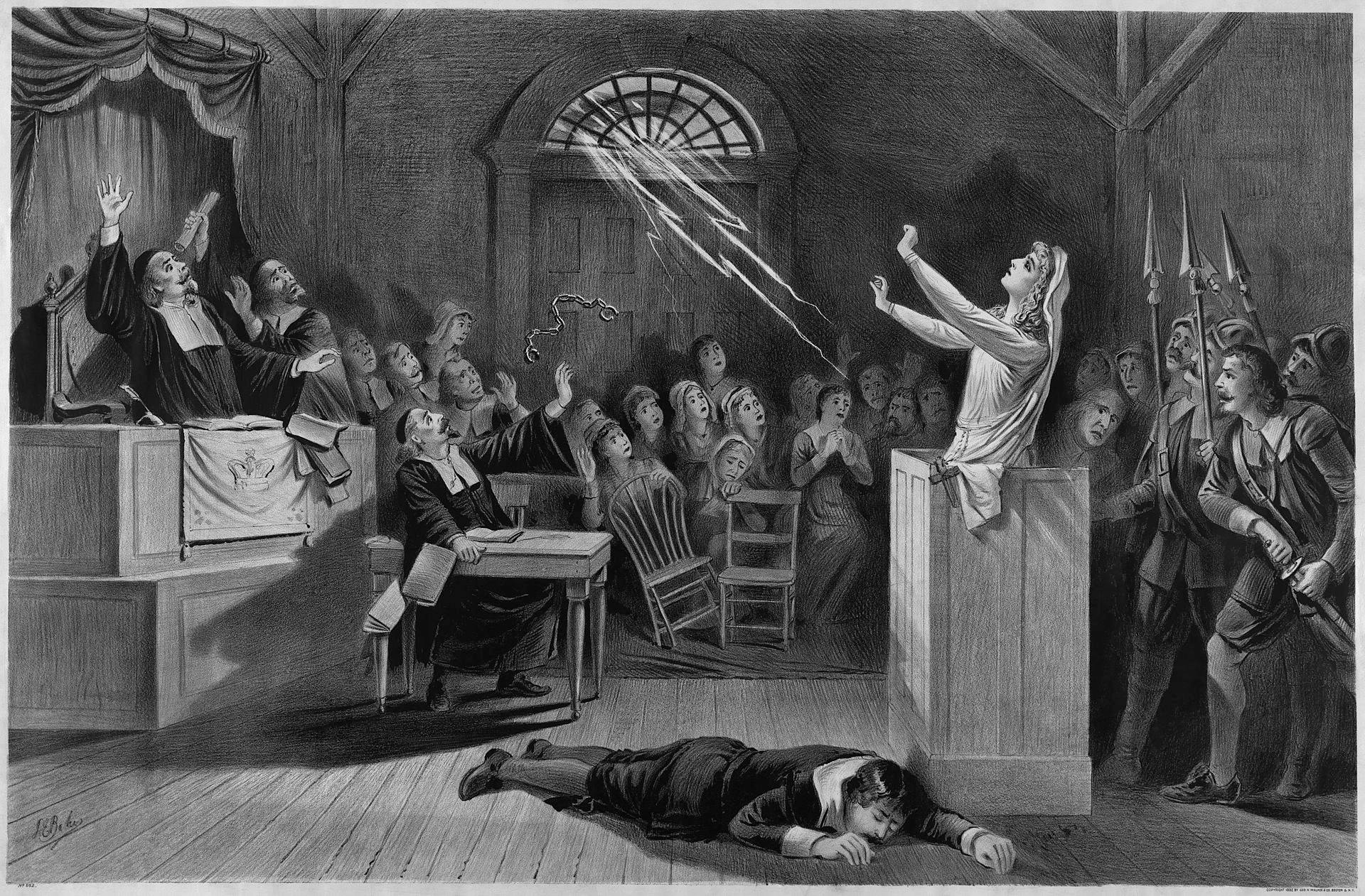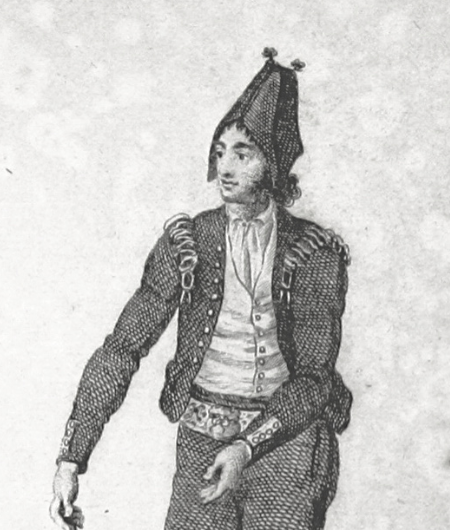 aaa
aaa
The 16th Century was a time of great religious upheaval throughout all of Europe and England in Particular.
With the First Act of Supremacy in 1534 Henry VIII had split from the Catholic Church of Rome and formed his own Protestant Church of England with himself as its head beginning the English Reformation.
England was plunged into a period of unknowable turmoil as the monasteries that had dominated religious life since the early middle ages were stripped of their power, influence and property. The Catholic Faith had been England’s religion for centuries but suddenly practicing Catholicism was heretical and punishable by death.
However, his Daughter Mary Tudor was Catholic and upon her ascent to the throne in 1553 she switched the state religion back to Catholicism, decided that it was the Church of England that was heretical, and started burning Protestants at the stake.
However, Mary died without an heir in 1558 and her half-sister Elizabeth became queen. Elizabeth was a Protestant like her Father Henry VIII and so the state religion again became the Church of England, this time with Elizabeth as the head. During Elizabeth’s reign Catholics once again found themselves subjected to ever increasing amounts of suspicion and persecution.

Rowland Jenkes was a Catholic bookseller living and working in Oxford. Due to the presence of the University Oxford had a reputation for being a progressive city where ideas could be freely shared and discussed. Jenkes was a devout Catholic and decided to share his thoughts about the protestant Queen Elizabeth.
As a Catholic, he had a great deal to say about Elizabeth I and none of it was good. This landed him in a lot of trouble and he was put on trial in the summer Assizes of 1577 for seditious libel and was sentenced to be pilloried. Today the word pilloried means to attack, ridicule or publicly humiliate someone, so you can imagine that Rowland’s punishment was not pleasant.
The pillory is a freestanding wooden frame that holds a prisoner’s head and arms in place, forcing them to stand painfully bent over and immobile. These would be left out in public to display the prisoner and they would often have a sign hanging round their neck so the crowds can see what crime they had committed and deal out whatever punishment they saw fit.
Prisoners locked in the pillory would suffer all sorts of abuse and humiliation, often having all sorts of unpleasant things pelted at them while they were unable to shield themselves or even turn their face aside to avoid the stinking filthy projectiles.
As well as the pillory there was a more permanent element to his punishment and you can discover all the gruesome details on one of our costumed guided tours.
During Rowland’s trial it was recorded that a strange malady swept through the courtroom. This malady killed some three-hundred people in Oxford itself and potentially hundreds in the surrounding countryside. Many of the dead were the wealthy men that had presided over Jenkes’s Trial. Among them were Sir Robert Bell, the Lord Chief Baron of the Exchequer and Sir Robert D’Oyly, a descendant of the Robert D’Oyly that built Oxford Castle over five hundred years earlier in 1071.
There were many theories about what had caused this malady that become known as the Black Assizes. Some claimed it was a disease caused by the stench coming from the unwashed prisoners, while other placed the blame squarely on Jenkes, claiming that he had uttered a terrible curse during his trial. The truth, has sadly been lost to the depths of time.


| Cookie | Duration | Description |
|---|---|---|
| cookielawinfo-checkbox-advertisement | 1 year | Set by the GDPR Cookie Consent plugin, this cookie is used to record the user consent for the cookies in the "Advertisement" category . |
| cookielawinfo-checkbox-analytics | 11 months | This cookie is set by GDPR Cookie Consent plugin. The cookie is used to store the user consent for the cookies in the category "Analytics". |
| cookielawinfo-checkbox-functional | 11 months | The cookie is set by GDPR cookie consent to record the user consent for the cookies in the category "Functional". |
| cookielawinfo-checkbox-necessary | 11 months | This cookie is set by GDPR Cookie Consent plugin. The cookies is used to store the user consent for the cookies in the category "Necessary". |
| cookielawinfo-checkbox-others | 11 months | This cookie is set by GDPR Cookie Consent plugin. The cookie is used to store the user consent for the cookies in the category "Other. |
| cookielawinfo-checkbox-performance | 11 months | This cookie is set by GDPR Cookie Consent plugin. The cookie is used to store the user consent for the cookies in the category "Performance". |
| PHPSESSID | session | This cookie is native to PHP applications. The cookie is used to store and identify a users' unique session ID for the purpose of managing user session on the website. The cookie is a session cookies and is deleted when all the browser windows are closed. |
| viewed_cookie_policy | 11 months | The cookie is set by the GDPR Cookie Consent plugin and is used to store whether or not user has consented to the use of cookies. It does not store any personal data. |
| Cookie | Duration | Description |
|---|---|---|
| _ga | 2 years | The _ga cookie, installed by Google Analytics, calculates visitor, session and campaign data and also keeps track of site usage for the site's analytics report. The cookie stores information anonymously and assigns a randomly generated number to recognize unique visitors. |
| _gat_UA-9822230-4 | 1 minute | A variation of the _gat cookie set by Google Analytics and Google Tag Manager to allow website owners to track visitor behaviour and measure site performance. The pattern element in the name contains the unique identity number of the account or website it relates to. |
| _gcl_au | 3 months | Provided by Google Tag Manager to experiment advertisement efficiency of websites using their services. |
| _gid | 1 day | Installed by Google Analytics, _gid cookie stores information on how visitors use a website, while also creating an analytics report of the website's performance. Some of the data that are collected include the number of visitors, their source, and the pages they visit anonymously. |
| CONSENT | 2 years | YouTube sets this cookie via embedded youtube-videos and registers anonymous statistical data. |
| Cookie | Duration | Description |
|---|---|---|
| _fbp | 3 months | This cookie is set by Facebook to display advertisements when either on Facebook or on a digital platform powered by Facebook advertising, after visiting the website. |
| fr | 3 months | Facebook sets this cookie to show relevant advertisements to users by tracking user behaviour across the web, on sites that have Facebook pixel or Facebook social plugin. |
| test_cookie | 15 minutes | The test_cookie is set by doubleclick.net and is used to determine if the user's browser supports cookies. |
| VISITOR_INFO1_LIVE | 5 months 27 days | A cookie set by YouTube to measure bandwidth that determines whether the user gets the new or old player interface. |
| YSC | session | YSC cookie is set by Youtube and is used to track the views of embedded videos on Youtube pages. |
| yt-remote-connected-devices | never | YouTube sets this cookie to store the video preferences of the user using embedded YouTube video. |
| yt-remote-device-id | never | YouTube sets this cookie to store the video preferences of the user using embedded YouTube video. |